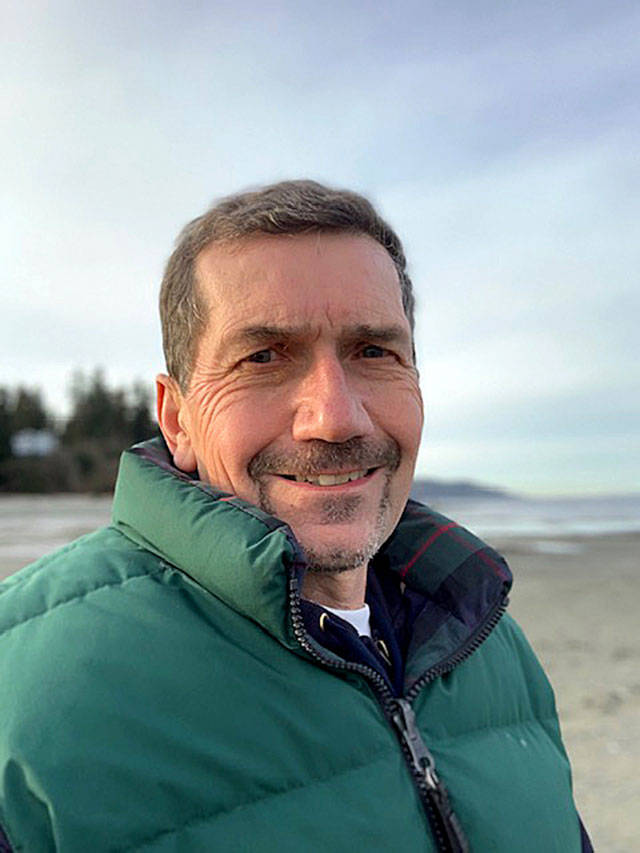The Tramp Harbor dock is a place to experience the abundant marine and birdlife of this beautiful harbor without a boat.
The Ellisport tidelands, a few hundred yards west of the dock, resonate with the calls of migratory birds as they announce their arrival. Sometimes an eagle is perched upon a lone piling. From the dock, one can see starfish wrapped upon a piling, or small schools of fish, briefly luminescent, as they emerge from the shadows and disappear again. One can fish from the dock for fun, sport or to put food on the table.
For decades, it has been a place where parents can form a bond with their children, sharing a fishing line inscribing circles upon the water. My family has had a house on Tramp Harbor since the 1950s. I fished from the pier as a child and, years later, with my own son. The pull of this place is more than tidal.
I am very concerned about the recent closing of the Tramp Harbor dock and believe there are pragmatic reasons to reassess whether closing and partly demolishing the dock is a prudent course of action.
An article in the Dec. 5 Beachcomber regarding the dock referenced a 2015 Engineer Condition Assessment Report. The report stated that “nearly a dozen of the 98 creosote pilings were “compromised” and that “of those, six were observed to be approaching failure.” I question the difference between an “assessment report” based on “observation” and an engineering determination based on structural calculations and load analysis. The present design load of people walking on the dock is significantly less than its original design load as a ferry dock for moving automobiles.
What were the engineer’s recommendations for repairs? There are numerous technologies such as grout filled sleeves, steel wraps and other engineered solutions available for the repair of dock pilings. They are economical and effective solutions used worldwide. Repairs could proceed in prioritized stages over time to conserve available funds.
Concerns about Tramp Harbor dock’s environmental impact need to be considered within context that there are hundreds of wooden piers throughout Puget Sound. Consider just the piers along the Seattle waterfront from Harbor Island and the Duwamish to the Pier 91 cruise ship terminal at Interbay. Many of those piers, including the iconic Pier 54, are on creosote pilings. I have not heard of any lawsuits over environmental liability between the state and the Port of Seattle regarding these piers. Why is the state making an issue of the Tramp Harbor Dock?
The insurance underwriters are overstating the risk posed by the dock and its impact (almost a century after its construction). The insurance underwriters and state officials/representatives involved need to step up and look at what they can do collaboratively to resolve liability concerns and terms of the dock lease — not flee the scene in fear of how many liabilities can dance on the head of a pin.
The observation by Paul Engels, noted in The Beachcomber, that the dock could serve as a vital access point for supplies and personnel in the event of a natural disaster is salient and pragmatic. We are an island of 11,000 people served by only two deepwater docks — the ferry docks at each end of the island. The third deepwater dock mid-island is a valuable and difficult to replace asset.
The Tramp Harbor dock was the first car ferry terminal to Vashon Island a century ago. It is a historic landmark and should be recognized and preserved. State, county and district stakeholders (including the Vashon community) should not short shrift the value and benefits of the Tramp Harbor dock. Let’s take a breath, step back and take a closer look at this community asset and the options to extend its useful life for our future generations to enjoy.
Craig Klinkam is a Vashon resident and retired from a thirty-year career as a construction management consultant for commercial and institutional projects.



